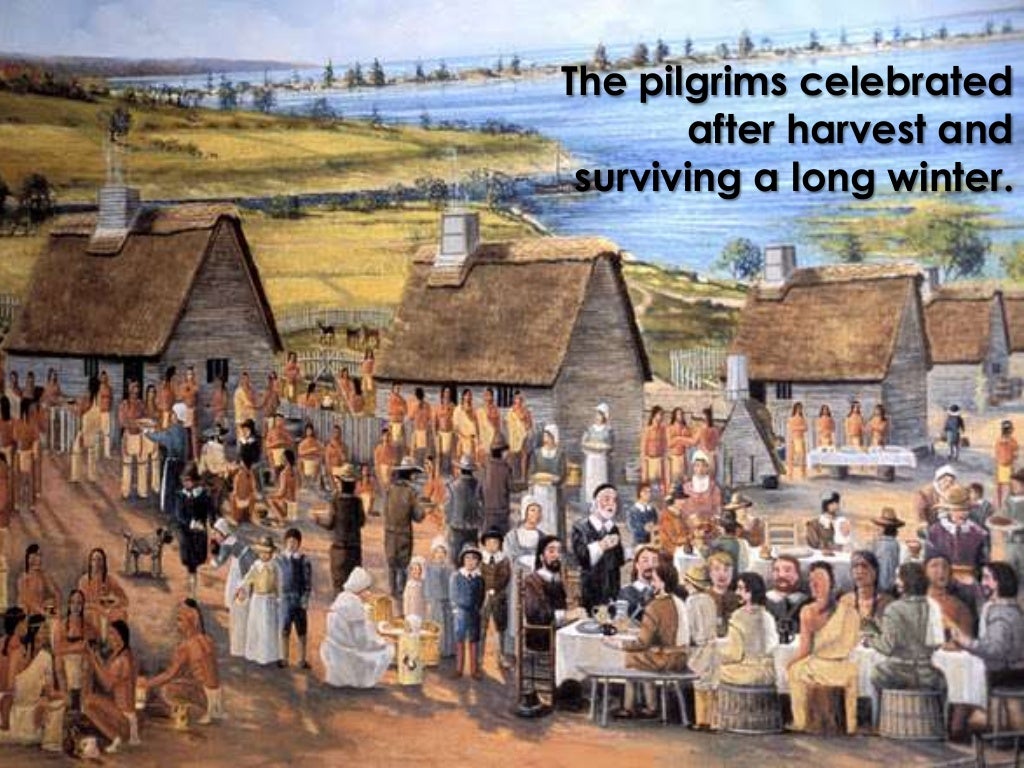
By spring 1621, roughly half of the Mayflower’s original passengers had died in their new home. With each passing week, more and more Pilgrims and their “stranger” companions succumbed to bitter cold and disease. The passengers and crew continued to live on the Mayflower for months as permanent dwellings were constructed on the shore. Sadly, the Pilgrims’ fortunes changed for the worse once they landed at Cape Cod in early November. Given the dangers of the journey and the rough conditions aboard the Mayflower, it was a miracle that only one person out of 102 perished on the 66-day voyage. A young boy named William Butten, an indentured servant to one of the Pilgrims, fell ill during the journey and died just a few days shy of reaching the New World. Lambert/Kean Collection/Archive Photos/Getty Imagesīradford makes only passing mention of the one death on the Mayflower. The Pilgrims arrive at Plymouth, Massachusetts on board the Mayflower, November 1620. Bradford proudly reported that after a short sickness, Howland not only recovered, but “lived many years after, and became a profitable member both in church and commonwealth.” Working quickly, the crew pulled Howland close enough to the ship to snag him with a hook and haul the foolhardy young man back onto the deck. Bradford wrote that a “lusty young man” named John Howland wandered onto the main deck and “with a seele of the ship thrown into the sea.”īy some miracle, Howland was able to grab hold of the halyards hanging overboard and hold on for dear life, “though he was sundry fathoms under water,” wrote Bradford. Either way, it worked, and the Pilgrims “committed themselves to the will of God and resolved to proceed.” An Unexpected Swimĭuring one of those brutal storms, when the Mayflower was forced to draw its sails and “hull for divers days,” one of the passengers apparently became desperate for a breath of fresh air. “…There was a great iron screw the passengers brought out of Holland, which would raise the beam into his place,” wrote Bradford, describing an object that was either the screw of a printing press or a large jack to raise the roof of a house.
#The pilgrims cracked
Whether Bradford was talking about a cracked mast or another type of wooden beam is unclear, but the damage was serious enough for the Pilgrims to call a meeting with the captain to discuss turning back. “They were encountered many times with cross winds and met with many fierce storms with which the ship was shroudly shaken, and her upper works made very leaky,” wrote Bradford, “and one of the beams in the midships was bowed and cracked, which put them in some fear that the ship could not be able to perform the voyage.” The crew was forced on several occasions to lower the sails and let the Mayflower bob helplessly in the towering waves.
#The pilgrims series
Stormy Weather and the 'Great Iron Screw'īradford’s short description in Of Plymouth Plantation of life aboard the Mayflower is the only surviving account of the crossing, but it includes enough harrowing details to understand how close the journey came to disaster.Īfter a month of relatively calm seas and smooth sailing, the Mayflower encountered the first of an unrelenting series of North Atlantic storms that buffeted and battered the ship for weeks. When Humphreys recreated Bligh’s 60-day crossing of the South Pacific, he and his crew ate only 18th-century rations-about 400 calories per person per day-and each man lost 25 percent of their body weight. Subsisting on small rations of salted meats and beer, the Pilgrims would have been malnourished, dehydrated, weak and susceptible to scurvy. “Even young children were given beer to drink.”




“The beverage of choice for many of these old voyages was beer,” says Humphreys, explaining that casks of fresh water tended to go “off” during long storage.


 0 kommentar(er)
0 kommentar(er)
